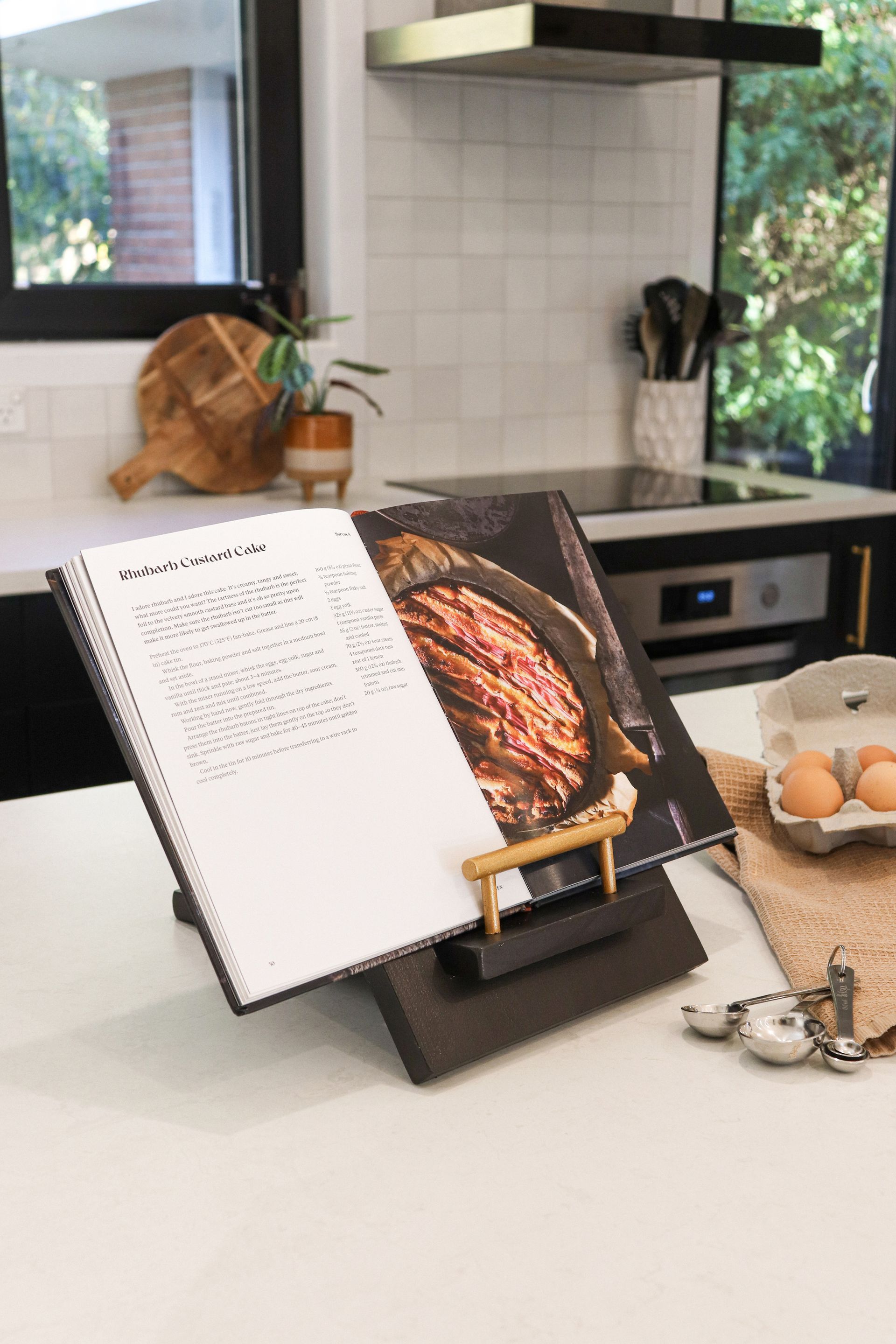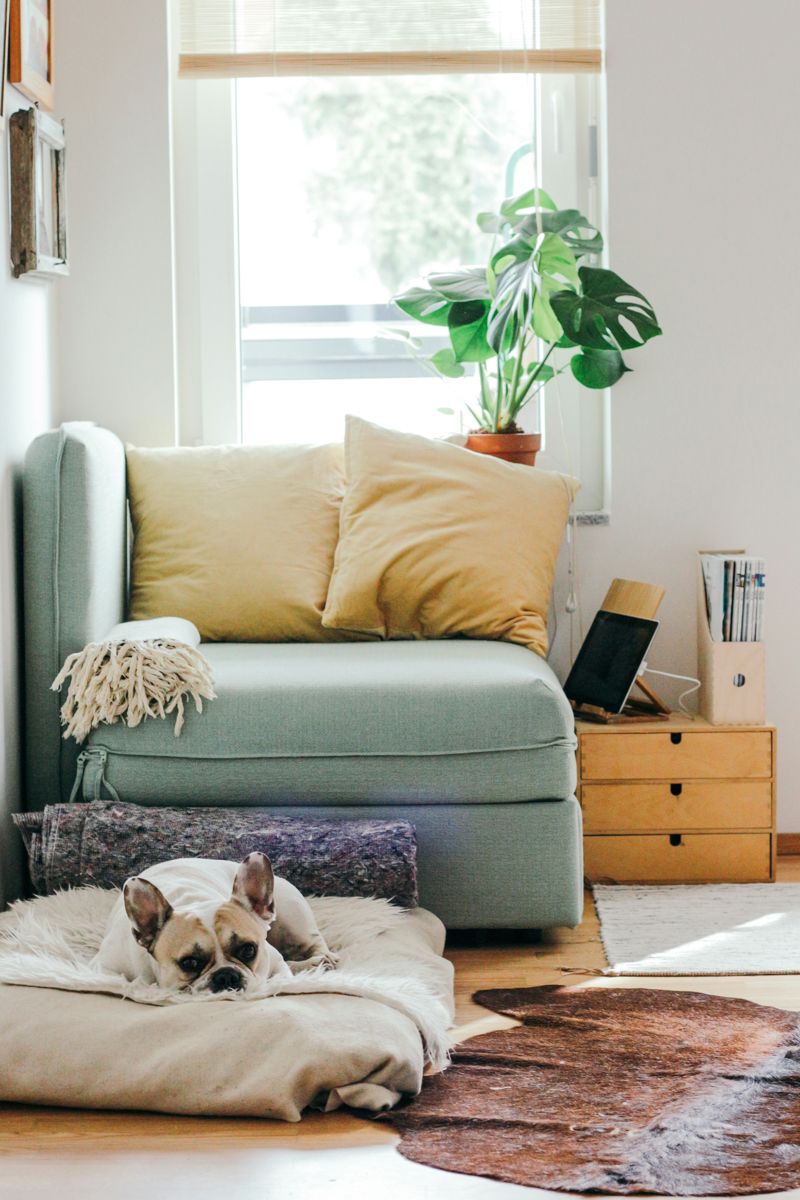As New Zealand moved into COVID-19 Alert Level 1 in June, McKenzie HealthCare in Geraldine was preparing to put the welcome mat out and reconnect with South Canterbury. General Manager Kim Entwistle says staff and residents were delighted to re-open to the community. ‘A lot of our residents are quite frail and find it hard to go out for activities and so they love having visits from school groups, entertainers, singers and other volunteers,’ Kim says. ‘We’ve been really looking forward to being able to relax our controls on visitors and have that community interaction again.’
Originally built in the 1960s as a maternity hospital, the McKenzie site switched over to being an aged care provider in the late 1980s. Today, McKenzie HealthCare provides comprehensive hospital and rest home services, along with palliative care. Its facilities include a 10-bed dementia unit and all residents are cared for to a very high standard.
A new 24-bed extension has recently been added to keep pace with the adjoining McKenzie Lifestyle Village, taking the total number of beds at McKenzie HealthCare to 74. McKenzie HealthCare provides continuity of care to village residents. Completed just before lockdown, the extension includes a mix of standard and premium rooms with private en suites, a new administration area, a new dining area and salon, and a two-bed palliative care unit.
-
Button
McKenzie HealthCare
-
Button
Back row from left to right: Sharon Hand, Melanie Rusbridge, Angel Danford, Jenny Hall (white top Senior RN). Front row: Angela Young, Kim Entwistle (Manager), Cathie Orange (Clinical Coordinator).
The Quiet Room
It has been an eventful first year as McKenzie HealthCare’s general manager for Kim, who previously worked as an educator at Rosebank Residential Home in Ashburton. She also spent many years in nursing at Waihi Lodge in Geraldine. Strong ties to Geraldine paved the way to her current role. ‘I grew up in Geraldine and have spent most of my life here. My father was a high school teacher and my mother was a Plunket nurse in the area. Geraldine is where my heart is – so it is really exciting for me to be working here again.’
Since taking up the role, she has been very impressed by the end-of-life care provided at McKenzie HealthCare. ‘We aim to ensure quality of life is maintained so that people are comfortable and well cared for in the last years of life. As well, we provide many other services including short-term care, rehabilitation, convalescence and respite care.
‘We have an amazing team of well-trained people including nurses, healthcare assistants and support staff, who are without doubt dedicated to providing the highest level of care. We are quite a large employer in the Geraldine area.
‘We run a health and wellbeing training programme for healthcare assistants and our nurses work hard to ensure they keep up with their professional development too. We are fortunate that our senior nurses are very experienced.’
As well, McKenzie HealthCare has a stimulating activities line-up that residents enjoy, well-supported by the diversional therapy and activity coordination team. They also run the Day Care service.
Privately owned, McKenzie HealthCare delivers care under contract to the South Canterbury DHB.
Words Kim Newth
Recent stories



All Rights Reserved | CountryWide Media




